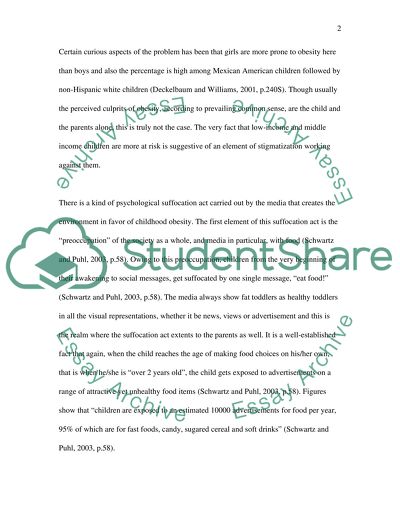Cite this document
(“Childhood obesity in America Research Paper Example | Topics and Well Written Essays - 1500 words”, n.d.)
Retrieved from https://studentshare.org/health-sciences-medicine/1400112-childhood-obesity-in-america
Retrieved from https://studentshare.org/health-sciences-medicine/1400112-childhood-obesity-in-america
(Childhood Obesity in America Research Paper Example | Topics and Well Written Essays - 1500 Words)
https://studentshare.org/health-sciences-medicine/1400112-childhood-obesity-in-america.
https://studentshare.org/health-sciences-medicine/1400112-childhood-obesity-in-america.
“Childhood Obesity in America Research Paper Example | Topics and Well Written Essays - 1500 Words”, n.d. https://studentshare.org/health-sciences-medicine/1400112-childhood-obesity-in-america.


